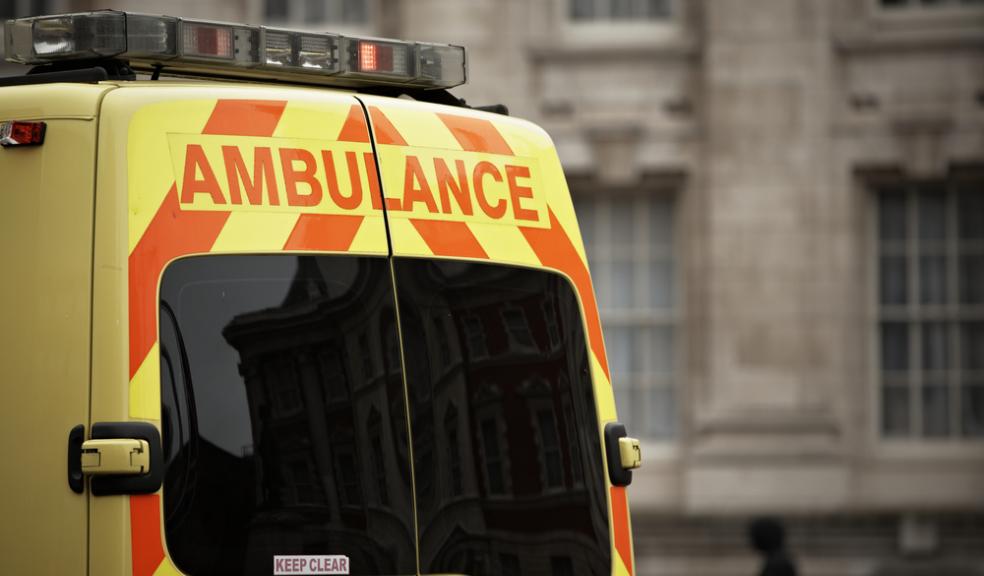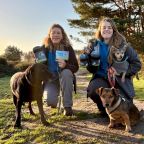
Help the ambulance service find you
South Western Ambulance Service NHS Foundation Trust (SWASFT) has attended more than two million urgent and emergency calls in the last five years (2009 to 2013). On 542 of these occasions the Trust has had the added challenge of finding the right address and location – these include the incorrect location being given by the caller, an error by the call-handler and satellite navigation problems. This is not just a problem for SWASFT but a national issue for police, fire and ambulance.
They would like to reassure the public that the number of incorrect addresses is very small compared to the total number of calls, only amounting to 0.02% of all urgent and emergency calls dealt with by the Trust in the last five years.
Mr Wells from St Austell contacted the Trust to say: “Frankly I think you should be congratulated on such a high success rate.”
The Trust is committed to learning and continuously improving the service they provide and this means that the number of incorrect addresses is steadily decreasing.
Their computer systems are now automatically able to locate callers from most landlines, which means on many occasions an ambulance on its way before they've even spoken to you.
Further refresher training for our call-handlers has been introduced to ensure they have all the necessary support and skills to gain as much location information as possible, even while handling the most distressing and traumatic calls.
Ambulance Service control room maps are updated every three months (with additional manual updates when information is received from local councils). They also ensure their satellite navigation systems are updated on a monthly basis to support our frontline staff and enable them to get to the right place in the right time.
How can you help the Ambulance Service find you?
It is really important that callers give us as much information about addresses and locations as possible – especially in the more rural areas where there may not be road names. If you know your house is difficult to find, please give the operator any landmarks that will help the ambulance get to you as quickly as possible.
Please make sure your house name or number is visible and obvious from the road (and not being concealed by foliage).
For children or anyone with an impaired memory it is advisable to keep a note by the telephone with the full address on.
Where possible, have someone looking out for the ambulance to flag them down by waving as soon as they arrive – from a safe position.
During the hours of darkness, if possible, turn on any outside lights to make the house more obvious.
All these things will help the ambulance service give you the right care in the right place at the right time.











